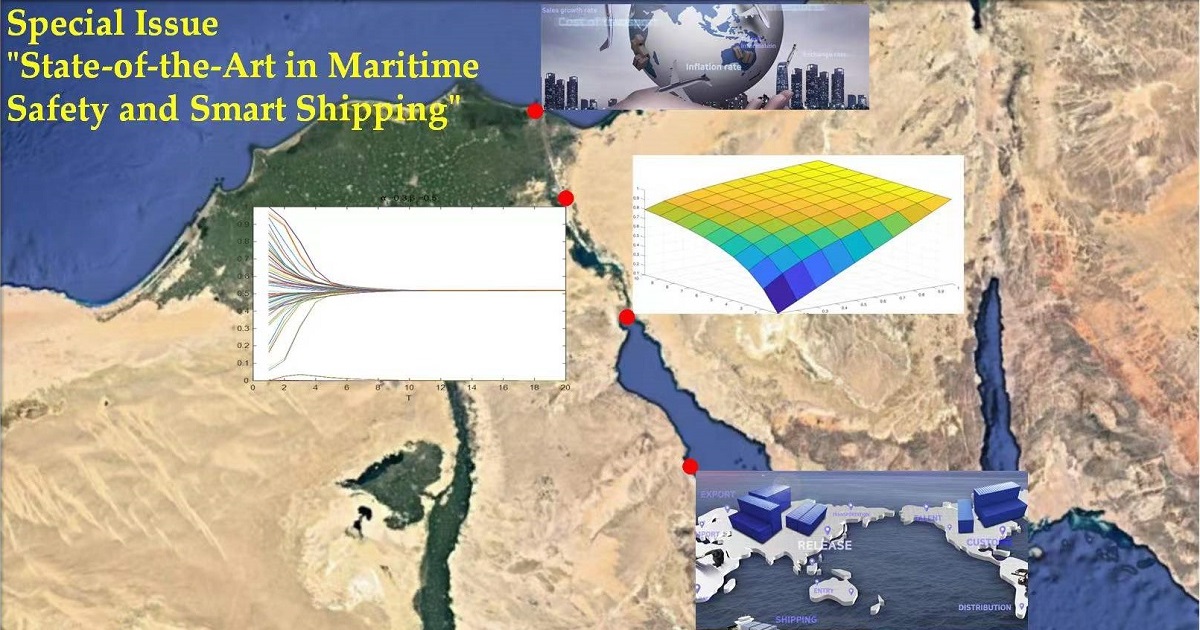State-of-the-Art in Maritime Safety and Smart Shipping
A special issue of Journal of Marine Science and Engineering (ISSN 2077-1312). This special issue belongs to the section "Ocean Engineering".
Deadline for manuscript submissions: closed (10 February 2023) | Viewed by 16050

Special Issue Editors
Interests: decision sciences; shipping assessment; big data analysis
Special Issues, Collections and Topics in MDPI journals
Interests: maritime disaster risk analysis; big data analysis; applied statistics; economics of shipping industry
Special Issues, Collections and Topics in MDPI journals
Special Issue Information
Dear Colleagues,
Some new technologies play important roles in monitoring and management of maritime transport network, such as, blockchain, digital twin and edge computing. In recent years, the occurrence of uncertain events has an increasing impact on maritime network, which is the blood vessel of the global economy and trade. Thus, it paid more attention how to use new technologies to predict and manage possible risks and crises in maritime and shipping. This Special Issue on “State-of-the-Art in Maritime Safety and Smart Shipping” invites Authors to submit high-quality original empirical, quantitative, or conceptual research papers. Suggested topics of interest include, but are not limited to:
- The optimization of maritime transport network
- Monitoring and management of maritime public opinion
- Intelligent assisted shipping decision supporting systems
- Deep learning in Marine equipment fault diagnosis
- Monitoring and early warning of maritime risks
- Digitalization and decision analytics in maritime logistics
- The assess waterway transportation safety of LNG
- Th Safety assessment of marine high-end equipment
Prof. Dr. Jian Wu
Dr. Xianhua Wu
Prof. Dr. Jihong Chen
Guest Editors
Manuscript Submission Information
Manuscripts should be submitted online at www.mdpi.com by registering and logging in to this website. Once you are registered, click here to go to the submission form. Manuscripts can be submitted until the deadline. All submissions that pass pre-check are peer-reviewed. Accepted papers will be published continuously in the journal (as soon as accepted) and will be listed together on the special issue website. Research articles, review articles as well as short communications are invited. For planned papers, a title and short abstract (about 100 words) can be sent to the Editorial Office for announcement on this website.
Submitted manuscripts should not have been published previously, nor be under consideration for publication elsewhere (except conference proceedings papers). All manuscripts are thoroughly refereed through a single-blind peer-review process. A guide for authors and other relevant information for submission of manuscripts is available on the Instructions for Authors page. Journal of Marine Science and Engineering is an international peer-reviewed open access monthly journal published by MDPI.
Please visit the Instructions for Authors page before submitting a manuscript. The Article Processing Charge (APC) for publication in this open access journal is 2600 CHF (Swiss Francs). Submitted papers should be well formatted and use good English. Authors may use MDPI's English editing service prior to publication or during author revisions.
Keywords
- maritime transport network optimization, maritime public opinion monitoring
- risk identification and management
- intelligent shipping decision supporting systems
- digital and intelligent transformation in maritime logistics
- safety of LNG
- deep learning







